Explainer: Why Iran's Jihad missile and Shahed-136 B drone are new game changers?
By Ivan Kesic
On Saturday, Iranian armed forces held nationwide military parades to commemorate Sacred Defense Week, an annual event marking the beginning of the eight-year Sacred Defense war imposed by the former West-backed Iraqi dictator Saddam Hussein.
The military parade in Tehran took place near the mausoleum of the late founder of the Islamic Republic, Imam Khomeini, in the southern part of the city.
The event was attended by President Masoud Pezeshkian and senior military officials.
Thousands of soldiers participated in the parade, with the armed forces showcasing a variety of armored vehicles, missile systems, ballistic missiles, and drones.
Among the weaponry on display included the latest Jihad missile and the Shahed-136B drone.
Uncut path of grand military breakthroughs: Iran unveils outstanding drone, missiles https://t.co/z7G8jFCft8 pic.twitter.com/xI8bjaVl3j
— Press TV 🔻 (@PressTV) September 22, 2024
What is the Jihad missile?
A total of 23 ballistic missiles were displayed in the Tehran parade, including two Kheibar Shekans, two Fattahs, four Haj Qasems, two Qadr-Hs, two Emads, three Khorramshahrs, four Sejjils, and four of the newest Jihad missiles.
The new ballistic missile, developed by the Islamic Revolution Guards Corps (IRGC) Aerospace Force, is powered by a liquid-propellant rocket engine, has a range of 1,000 kilometers, and is equipped with a high-explosive, detachable warhead.
Sources close to the IRGC report that the Jihad missile is an upgraded version of the Qiam-1 missile, which has been in use since 2010 and is itself an improved version of the Shahab-2 missile, operational from the early 1990s to the mid-2010s.
All these models feature single-stage configurations and are liquid-fueled. They have a diameter of 0.88 meters, a length of 11.5 to 12 meters (depending on the warhead configuration), and a weight of 6 to 7 tons.
The range of the original Shahab-2 missile was 500 kilometers. The Qiam-1 missile initially had a range of 800 kilometers, later extended to 1,000 kilometers, matching the range of the latest Jihad missile, which is well-equipped to reach the heart of the occupied Palestinian territories.
Further upgrades include improvements to the rocket engine and a significant reduction in refueling time, from several hours for the Shahab-2 to just 20 minutes for the Qiam-1.
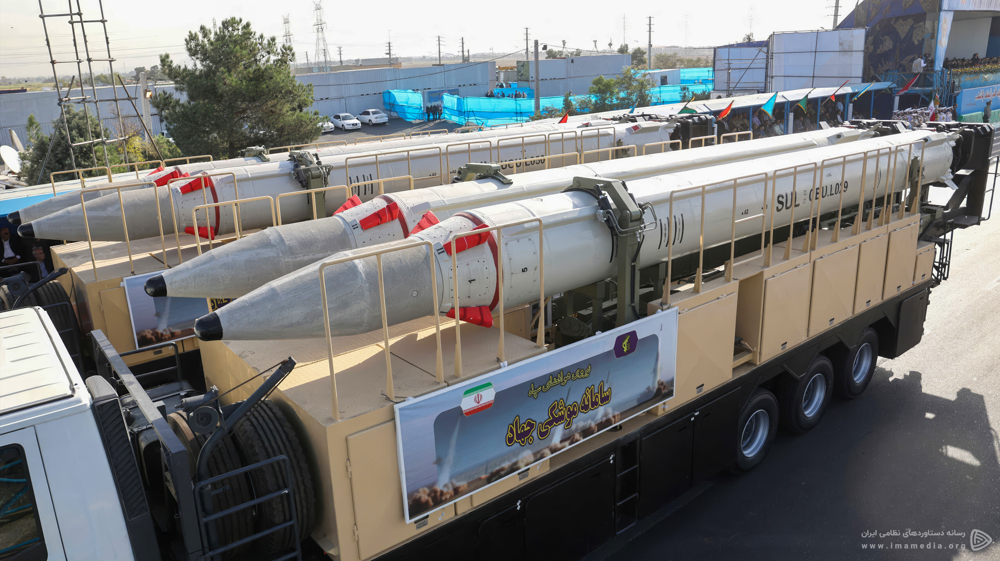
The missile’s inertial guidance system was also enhanced, reducing its circular error probability (CEP) from 500 meters for the Shahab-2 to less than 100 meters for the Qiam-1.
The Qiam-1 also received a more aerodynamic and destructive 600-kilogram warhead.
The three missiles differ in the shape of their main rocket fins. The Shahab-2 features robust clipped-delta fins, while the Qiam-1 is finless and relies solely on jet vanes. The Jihad missile incorporates small clipped-delta fins that are almost rectangular.
Although other specifications, such as performance capabilities, have not been disclosed, it is expected that the Jihad missile will possess similar or improved capabilities compared to the Qiam-1.
Jihad missile’s warhead retains the “baby-bottle” design, which Iran has used since 2004. The warhead is also fitted with delta fins, a feature seen on Qiam-1 warheads since 2019.
According to prior IRGC data on the Qiam-1, the warhead reaches a speed of 2,935 meters per second, or Mach 8.5, in its final phase, classifying it as hypersonic.
The Qiam-1 has already demonstrated its effectiveness, having been used against Takfiri terrorists in Syria in 2017 and US bases in Iraq in 2020.
Belonging to the medium-range missile category, the Jihad missile shares similarities with its predecessor, the Qiam-1, and solid-propellant missiles like the Dezful, Kheibar Shekan, and Haj Qasem.
One key difference is that the Jihad’s transporter erector launcher (TEL) can carry two missiles, increasing the number of launches.
What is the Shahed-136B drone?
Iranian armed forces also unveiled a range of drones during the parade, including the Shahed-136B, a kamikaze drone (loitering munition) produced by the IRGC Aerospace Force.
The designation "Shahed-136B" differs significantly from its namesake, the delta-wing-shaped 200-kilogram Shahed-136 drone in both shape and payload capacity.
The Shahed-136B features classic tapered leading-edge and straight trailing-edge shoulder wings, along with similarly shaped horizontal stabilizers and twin vertical stabilizers (H-tail).
Its fuselage, slightly tapered at the nose, is more robust and similar in size to other large combat and reconnaissance drones produced by Shahed Aviation Industries, such as the Shahed-139, Shahed-147, and Shahed-149.
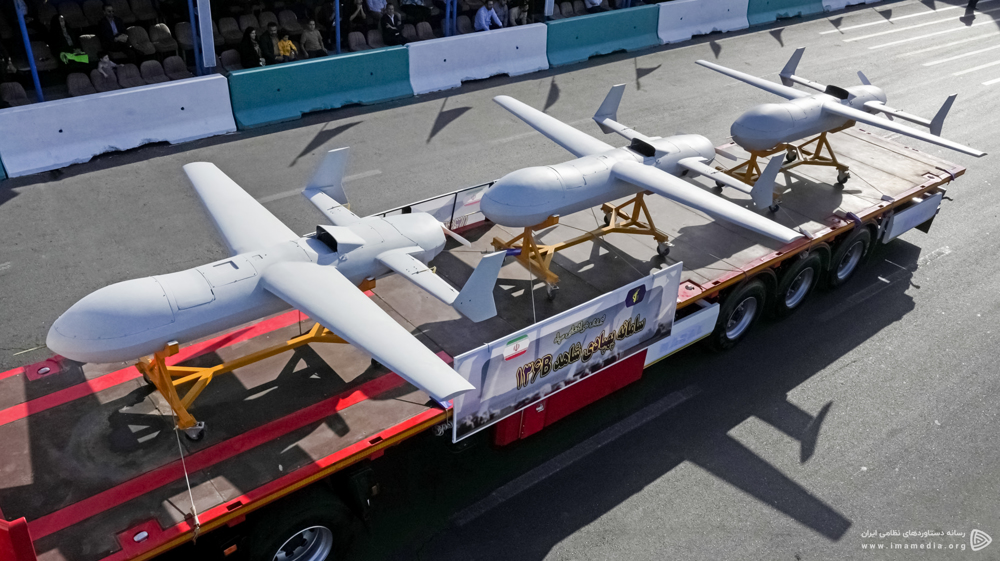
The drone's engine is positioned at the rear of the fuselage and drives a two-bladed pusher propeller, with cooling provided by one top and two side air inlets.
Although military sources have not provided detailed specifications, it is known that the Shahed-136B has a range of over 4,000 kilometers, making it the longest-range kamikaze drone in the world.
The Shahed-136B’s range is twice that of the Shahed-136 or Arash-2, which previously had the distinction of being the largest kamikaze drone in Iran’s military arsenal.
It also has a much higher payload capacity than the latter, which carries between 150 to 200 kilograms.
With its range and payload comparable to Iran’s most powerful ballistic missiles, the Shahed-136B is considerably cheaper and easier to deploy.
Within its 4,000-kilometer range is the Diego Garcia atoll in the Indian Ocean, home to US and British military bases.
Haj Qassem and Haj Ramazan: A brotherly bond forged on the frontlines
Islamophobia surged since Bondi mass shooting: Australian official
Araghchi says Iran’s armed forces ready to respond, following Trump’s ‘reckless’ threat
Death toll rises to 27 in Ukrainian strike on New Year’s party: Russia
No bomb, talks, assassination can destroy Iran’s missile power: Defense chief
Saudi airstrikes on UAE-backed separatists kill seven in southern Yemen
Iran warns Trump against intervention as top MP says US forces ‘legitimate targets’
China says Taiwan drills aims to deter foreign interference


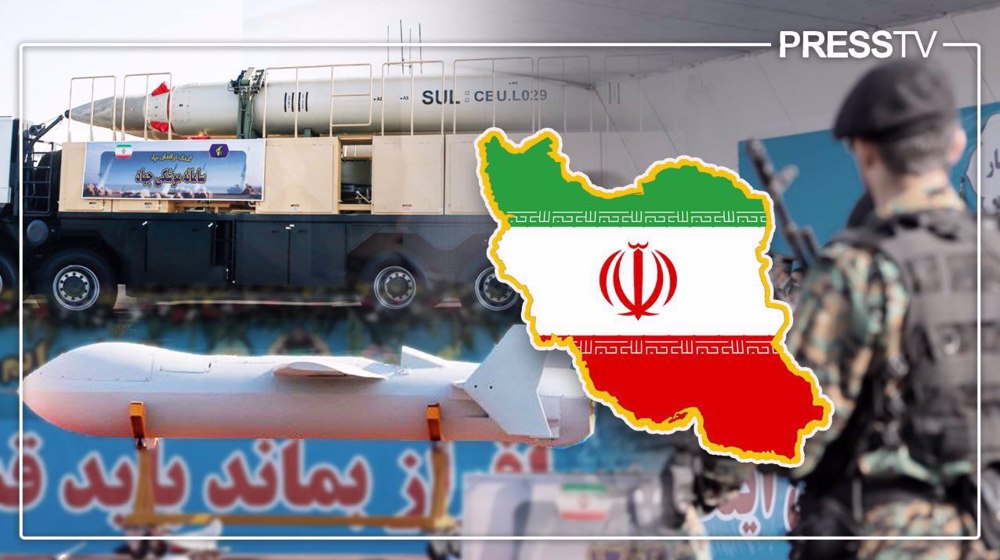


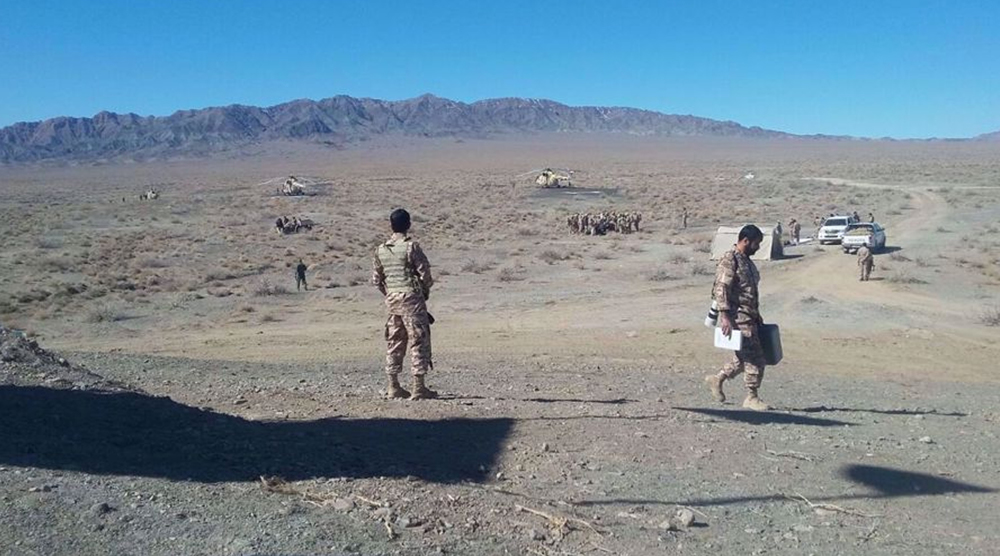



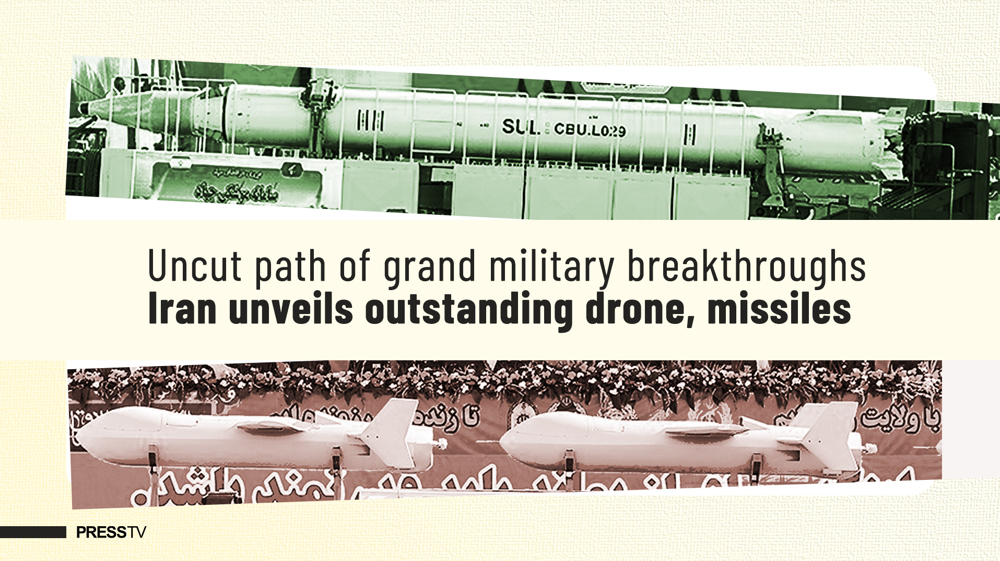



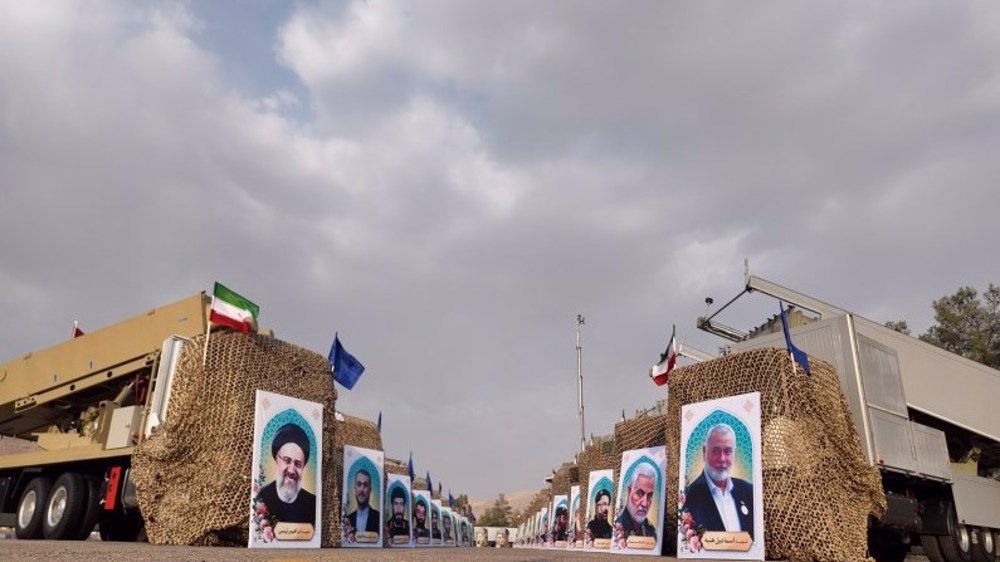

 This makes it easy to access the Press TV website
This makes it easy to access the Press TV website